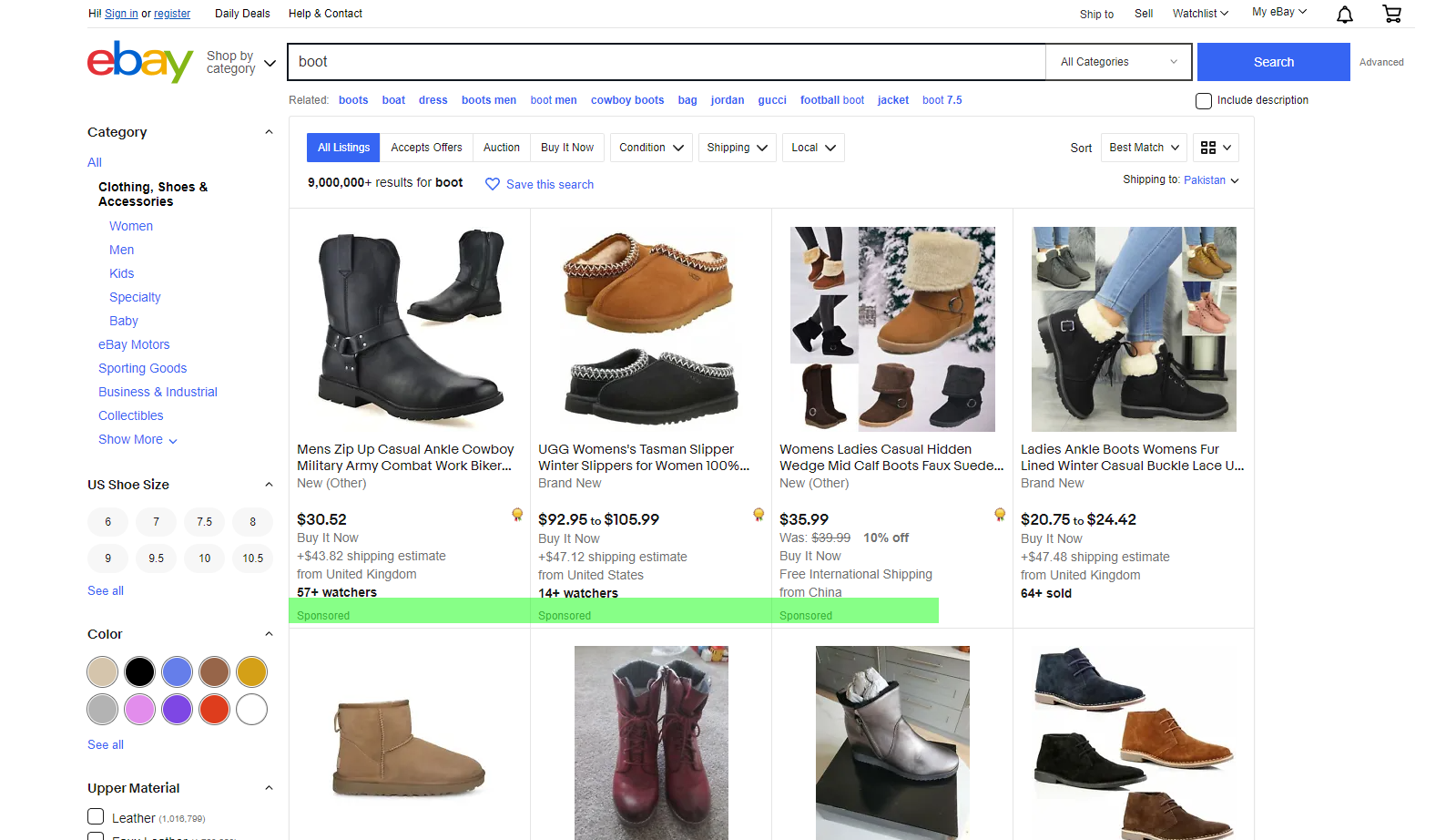In a world where technology is constantly evolving, it’s more important than ever to stay ahead of the curve. And one of the best ways to do that is by using eBay Promoted Listings. It’s a powerful way to promote your products and reach more customers at an affordable price.
In this article, we’ll cover everything you need to know about them so that you can start using them today and get ahead of your competition. If you’re ready to learn more, let’s dive right in!
What Are eBay Promoted Listings?
These listings are exactly what they sound like: listings that have been given a boost by eBay to ensure they stand out from other items in search results of search engines. This gives you the opportunity to draw attention to your listings, helping them reach more customers. You’ll pay an additional fee for each listing, but the potential return on investment is worth it.
eBay will only charge you when the listing is clicked on or bought, so you don’t have to worry about spending more than necessary. The promoted listings standard fees and discounts available will depend on the type of products you’re selling, your account history, and the performance of your listing.
How Much Do eBay Promoted Listings Cost?
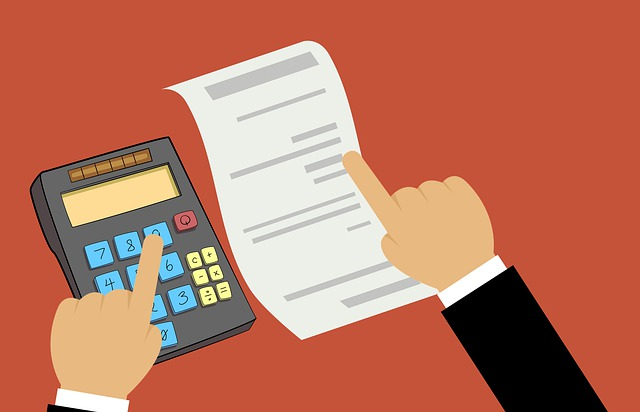
When you list an item on eBay, you have the option to promote your listing with what are called “eBay-promoted listings.” These are essentially ads that appear in various places on the site (including the search results page), which can help to increase the visibility of your listing and potentially lead to more sales. Promoted listings are charged on a pay-per-click basis, meaning you only pay when someone actually clicks on your ad.
The amount you pay per click depends on how much you bid for your ad space; eBay uses a bidding system similar to Google AdWords, so you’ll need to set a maximum CPC (cost-per-click) bid that you’re willing to pay.
Generally speaking, promoting your listing will cost you a few cents per click, though obviously, this can vary depending on how much competition there is for the keyword(s) you’re bidding on. Ultimately, whether or not promoting your listing is worth the cost will depend on how well it performs and how much additional business it generates. But if you’re serious about selling on the eBay network, it’s definitely something to consider.
Choosing The Right Campaign For Your eBay Promoted Listing
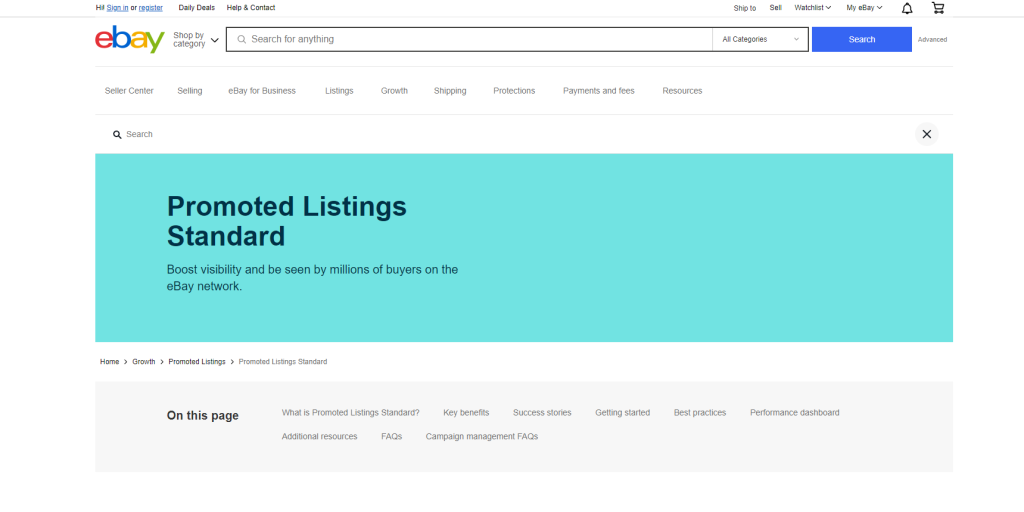
When you’re ready to start promoting your listings, you’ll need to decide which campaigns are right for you. This can be tricky since there are so many options available. There are three main types of campaigns:
1. Promoted Listings Standard
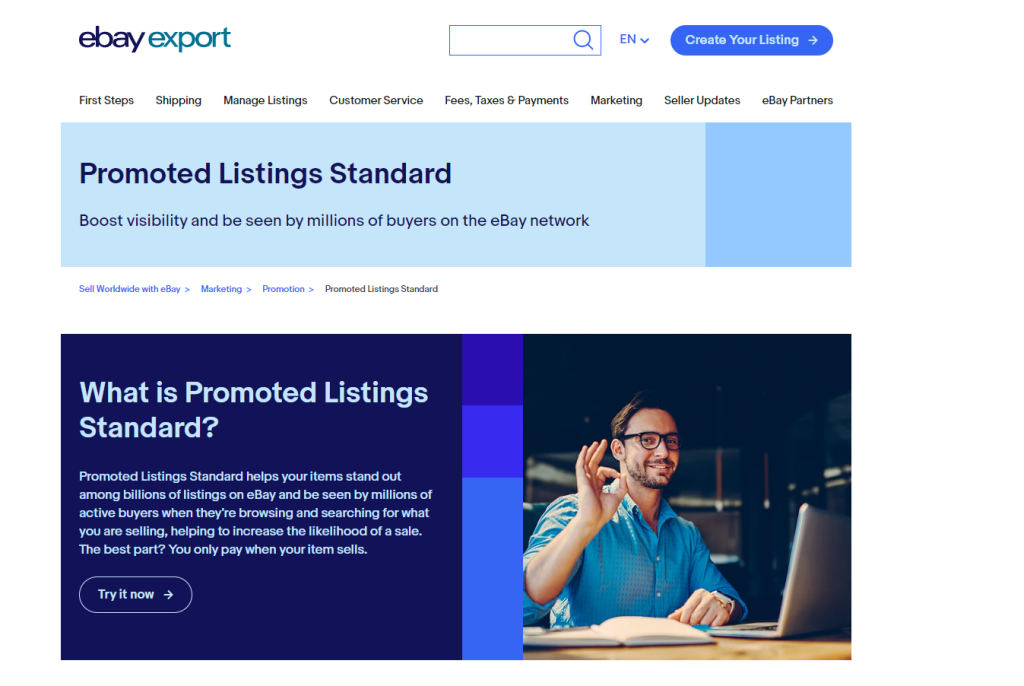
This campaign was the original version of eBay’s Promoted Listings. It is keyword-based bidding and allows you to bid on search terms that are relevant to your listings. Promoted listings standard ads are available to Top Rated or Above Standard sellers using fixed-price listings because the bid structure is not suitable for auction listings. Brands with high-volume listings can benefit from this campaign since the more competitive nature of keyword bidding will help them stand out in search results.
First, you’ll need to select the keywords that are relevant to your listings. Once you have chosen a keyword list, you can then set your bid amount. This is the maximum amount that you will pay for each click on your listing from a search result page. You should always aim to keep your bids competitive and make adjustments as necessary in order to remain competitive.
You’ll need to set a budget for your campaign. This is the total amount that you are willing to spend per day on Promoted Listings. Your budget should reflect the bidding amounts and frequency of searches for the keywords that you have chosen. Once these steps have been completed, your campaigns will begin running, and you can start monitoring the performance of your listings.
It’s important to note that Promoted Listings Standard is not ideal for all sellers and circumstances. If you are an auction seller from seller hub or if you have specialized items with a low search volume, then this type of campaign may not be suitable for your business. Instead, consider using the other two Promoted Listings campaigns to ensure that your listings are reaching the right audiences.
2. Promoted Listings Advanced

Promoted Listings Advanced Beta builds upon the standard campaign model with additional features and controls. In addition to keyword-based bidding, you can now bid directly on the first position in search results. This is a great option for sellers of luxury or specialty items who want to ensure that their listings are seen by shoppers right away.
You also have more visibility and control over your budget, with enhanced budget controls for day-level optimization. You can now set bids up to twice as high as you could previously, allowing you to take advantage of more opportunities when optimizing your PPC campaign.
With Promoted Listings Advanced Beta, you have the power to be more creative and take greater control of your eBay listings. With increased visibility and budget controls, you can create a more effective PPC campaign for your luxury or specialty items. Some of the additional features include:
• Bidding on the First Position in Search Rankings
• Day-level Budget Optimization
• Enhanced Keyword Bidding Strategies
• More Visibility and Control of Your Budget
By leveraging Promoted Listings Advanced Beta, you can create more effective PPC campaigns for your luxury or specialty items.
3. Promoted Listings Express
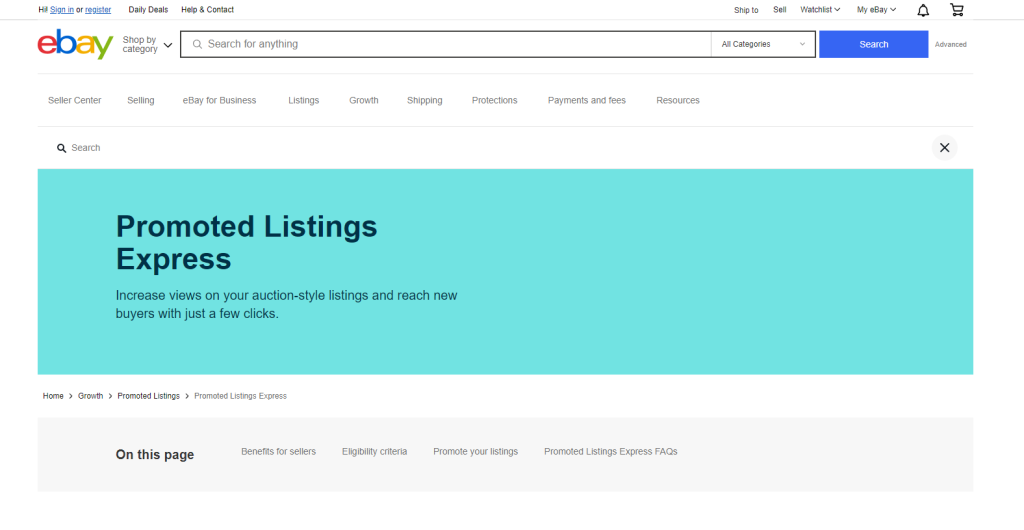
This is the newest version of eBay’s Promoted Listings tool. With this campaign, you can boost the visibility of your auction-style listings for the first time. To take part, you pay a one-off upfront ad fee, and your listing will appear on the product pages of similar items. This is a great way to ensure that shoppers notice your items first and your promote listings stand out from the regular ads on eBay.
Promoted Listings Express is easy to set up and manage. You need to choose the items that you want to promote and the budget for each listing. eBay will then take care of the rest, giving you more control over your adverts. Your products will appear prominently at the top of other similar listings on product pages, helping them to stand out from the crowd.
Plus, unlike other advertising options, you don’t have to wait for your ads to be approved, as your listings will appear instantly. It’s a great way to get your items noticed and drive more sales on the final sale price. Some notable features include:
- Ability to target shoppers based on their location and interests
- Access to real-time analytics so you can track the performance of your campaigns
- Flexible budgeting options that allow you to adjust your campaign on the fly
This 3rd and final option of eBay’s Promoted Listings is a great way to boost the visibility of your auction-style listings. It’s easy to set up, requires no waiting, and gives you more control over your adverts.
These three campaigns are just the beginning of what eBay offers to help you increase your sales and visibility. Try any or all of these options to see which works best for you and your business because, in the end, that’s what will bring you success. Some businesses will find success with a combination of campaigns, while others may prefer to focus on just one. It’s up to you to decide which works best for you and your business.
Optimizing Your eBay Promoted Listings

Now that you’ve chosen one of the three options available to advertise on eBay, it’s time to start optimizing your campaigns. Here are some tips to help ensure your listings are reaching the right audiences:
1. Get To Know The Competition
Before you start promoting your listings, take some time to research what your competitors are doing. What ad fees are they charging? How much visibility do their ads have? This information can help you set competitive prices for your own Promoted Listings and ensure that yours stand out from the rest.
It’s also helpful to understand what features or services they are offering that you may not be. This can help you determine how to make your own listings more appealing and attractive. To do this research, search the keyword or category related to your listings on eBay and take note of what your competitors are doing.
2. Select The Right Product Category
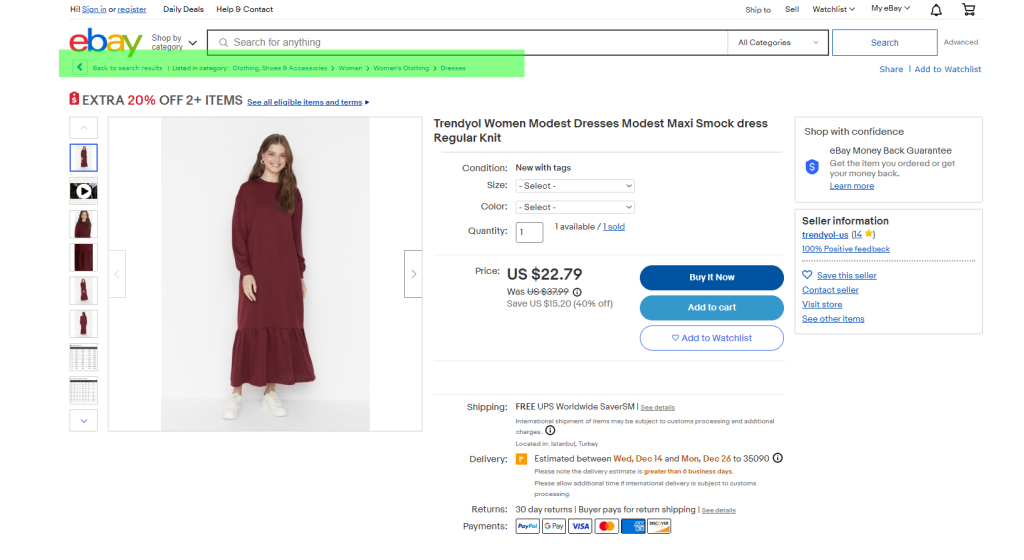
To maximize the reach of your ads, it is important to choose product categories that are in high demand. With eBay Promoted Listings, you can target the most popular search items throughout all eBay’s expansive product catalog. When selecting your product category, think about what types of items buyers are likely to be looking for.
You want to make sure you’re choosing the right categories for your products and not just the ones that have the highest traffic. For example, if you are selling jewelry, it would make more sense to target rings and necklaces as opposed to watches. The average sold ad rate on eBay will also help you decide which categories to target.
3. Craft An Attention-Grabbing Title
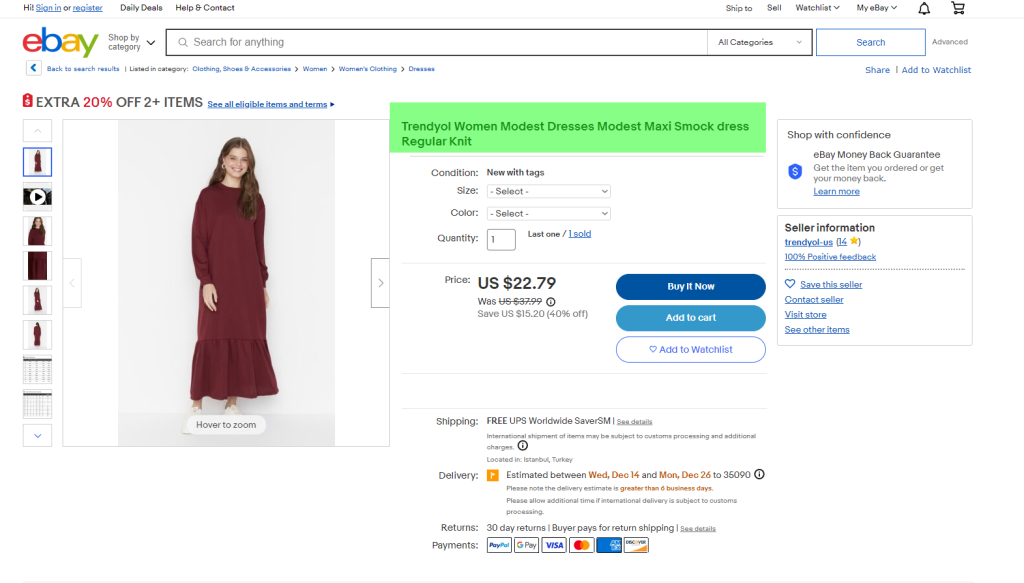
When creating your Promoted Listings, make sure you take the time to craft an eye-catching title for each one. Keep your titles concise, descriptive, and memorable. Remember to include important keywords that will help your listing stand out in search results. Use creative language as well to make your Promoted Listings more exciting and engaging.
If you have multiple versions of the same product, consider using variants of common words and phrases like “luxurious” or “bargain.” This will help shoppers easily identify the differences between your items and make it more likely that they’ll click on your listing.
Keep in mind that you have a limited amount of characters available, so use them wisely to create titles that are clear and concise while still capturing attention. The better your titles, the more likely shoppers will be to click on your Promoted Listings.
4. Use Attractive Visuals
eBay allows sellers to add up to 12 images for each of their promoted listings. This is a great opportunity to showcase the features and benefits of your product in an attractive way. You can also include videos or 360-degree spins, depending on the type of item you’re selling.
When selecting images, keep in mind that they should be clear, well-lit, and accurately depict the item. Try to include different angles and representations of your product to give shoppers an in-depth look at what they’re purchasing. Additionally, you should ensure that all your images are correctly sized for eBay – otherwise, shoppers may not be able to view them properly.
Even if visuals aren’t your strong suit, there are lots of helpful tools and resources available to help you create stunning images for your Promoted Listings. For example, sites like Canva and PicMonkey offer free templates for creating eye-catching visuals in just minutes.
By providing pictures that accurately represent what shoppers will get when they purchase an item, you can help them make a more informed decision – and ensure that they’re satisfied with their purchase. Plus, adding attractive visuals to your promoted listings can also help you stand out from the rest of the competition, making it even easier for shoppers to find your products.
5. Consider eBay’s Recommendations
Finally, when setting up your Promoted Listings, be sure to consider the recommendations and suggestions provided by eBay. This includes everything from pricing strategies to ad targeting options.
eBay’s recommendation engine uses its vast data resources to determine how likely a buyer is to purchase an item based on their search history and past purchases. This can be a great way to maximize your ad spend and ensure that you’re reaching the right shoppers.
You can also use promoted listings on eBay’s recommendations to optimize your campaigns and stay ahead of trends in the marketplace. For example, if you notice a surge in demand for certain products, you can adjust your ad targeting accordingly – or even create a Promoted Listing specifically targeted to those products.
By taking advantage of eBay’s recommendations, you can ensure that your Promoted Listings are more successful – and save time and energy in the process. Suggested ad rates and risers can also help you better manage your budget and make sure that you’re getting the most bang for your buck.
Is It Worth Using eBay Promoted Listings?
Absolutely! With the right strategies in place, you can ensure that your listings are getting seen by the right shoppers – and ultimately drive more traffic to your store. With eBay-promoted listings, you can set targeted campaigns to reach your ideal buyers and get more visibility for your listings. Sponsored placements can also help your products stand out from the competition and increase the likelihood of a sale.
You’ll have access to detailed analytics so you can track performance, as well as the ability to adjust bids based on that data in real time. To top it off, you only pay when shoppers click on your listings, and you can set daily budgets to ensure that you stay within your budget.
Conclusion
eBay Promoted Listings are a great way to get more visibility for your products. Everything from targeting and pricing to timing can be customized to your needs. With the right strategy in place, you’ll be sure to see an increase in sales for your products on eBay!
Keep track of results and adjust as needed so that you can continue to improve your visibility and get more orders on eBay. And don’t forget to take advantage of eBay’s promotional tools and discounts to maximize your success.
Be sure to check out our other e-commerce guides.

